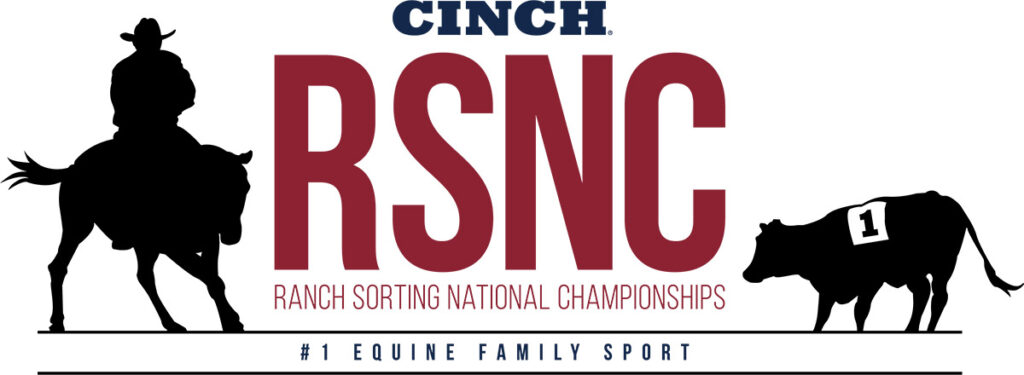Since you can’t give your horse a king-sized feather bed, it’s important to consider what type of bedding will be best for your equine friend. Whether your horse always has access to a stall, or you just bring him in during the winter, choosing the right bedding is an important part of horse care.
Let’s look at some of the most popular types of horse bedding, and the pros and cons involved with each.
Straw
First up, is the tried-and-true method of using straw.
Pros
- Convenience: Straw is often readily available and easy to find. You can typically find straw in small square bales, and even in bigger 3×3 bales.
- Natural: Straw is a byproduct of different plants and is considered a natural option for bedding.
- Cost: We all know that horses are expensive, but straw can often be a cheaper form of bedding, depending on your location.
Cons
- Dust and mold: If your straw has been stored outside or gotten wet, there’s a good chance it could be dusty or moldy. Mold is dangerous to horses, and dust can irritate airways. If you run across these problems in your straw, you wouldn’t want to use it for bedding.
- Absorbency: Straw typically does not absorb urine very well and can quickly become soiled and hold odors.
- Ingestion: Some horses might munch on their straw bedding. Although it won’t hurt them to nibble on a few pieces of straw, doing this in excess can potentially cause impaction. Also, if there’s mold or dust in the straw this could be detrimental to your horse’s health.
Shavings

Many horse owners use shavings to bed their stalls, and they’re often a popular choice when bedding horse stalls on the road, or at horse shows.
Pros
- Absorbency: Shavings are typically absorbent, and in turn are easier to clean. You can just scoop up the wet shavings, and put in more fresh, dry shavings on top.
- Portable: When you’re headed to a horse show, it’s very handy to be able to throw in a couple bags of shavings to put down in your horse’s stall.
- Biodegradable: You can take your shavings straight to a compost pile, and know that with the proper management, they will compost nicely.
Cons
- Chemicals: You’ll want to source your shavings responsibly and ensure that they aren’t treated with chemicals that will be dangerous for your horse.
- Dust: Fine shavings can create dust and irritating conditions when it’s windy. Choose a shaving size that works for your location.
- Slow to dry: Once they’re wet, shavings will remain wet! It’s imperative to clean out your horse’s stall and remove the wet bedding, to keep him comfortable.
Rubber Mats
Placing rubber mats in your horse’s stall can create a level of cushion that will keep him comfortable when standing or lying down.
Pros
- Save waste: Using rubber mats can reduce the need for deep bedding. I recommend still putting some sort of bedding over the rubber mats, to minimize the slickness, but you won’t need near as much!
- Longevity: Stall mats are often durable and will hold for up for years! Although the initial investment and installation might be more involved than other types of bedding, their durability makes up for it.
Cons
- Drainage: Whether it’s urine or a spilled water bucket, there must be somewhere for the liquid to go. If the mats are tightly connected, liquid can pool and create undesirable living conditions for your horse. It’s also a good idea to lift the mat and clean under it, periodically.
- Slip factor: If you don’t use a secondary form of bedding over the mat, and liquid pools on the surface it can become slick for your horse, and potentially dangerous.
Pellets

There are many different types of pellets used for horse bedding, made from a variety of wood. These are quickly becoming a popular option for their absorbency and ease of use.
Pros
- Absorbent: As mentioned above, pellets are typically incredibly absorbent. This can create less waste, because it’s easy to simple muck out the wet pellets and leave the rest.
- Less Dust: Pellets don’t hold the same concerns as fine shavings because they don’t produce dust. Since pellets are compressed and then expand, they won’t create airborne irritants that shavings can, when your horse kicks them up.
- Storage: Due to their compaction, pellets are easier to store and take up less space.
Cons
- Time: Unlike other bedding options that are ready immediately, pellets must be activated with water. You’ll need to pour water into the bag and wait for the pellets to expand.
- Price: Pellets can be a more expensive option than shavings, and might be less readily available, depending on your area.
- Climate: Depending on your location, it can be difficult to activate the pellets during the coldest part of winter. While you wait for the pellets to expand, you can run the risk of the water freezing and derailing the process.
Whichever type of bedding you choose, it’s important to clean out your horse’s stall on a consistent basis and ensure he has a dry and comfortable stall that suits his needs.
This article originally ran on HorseandRider.com.








